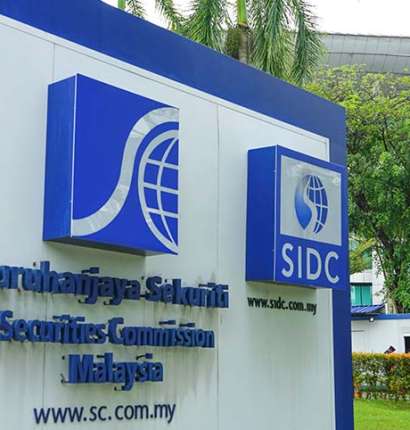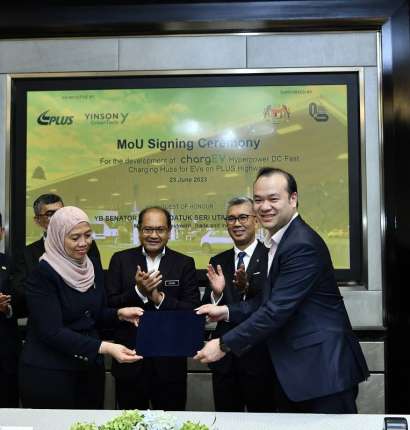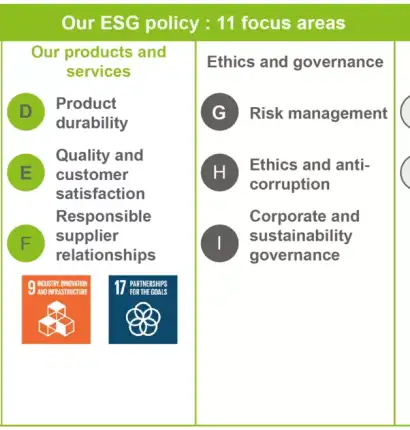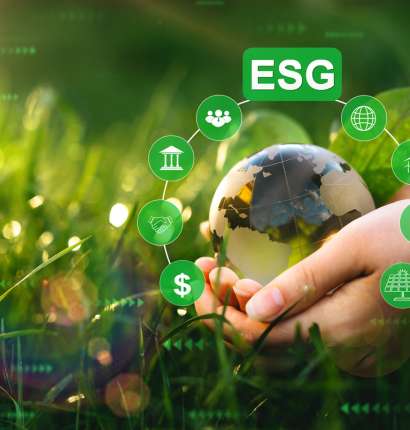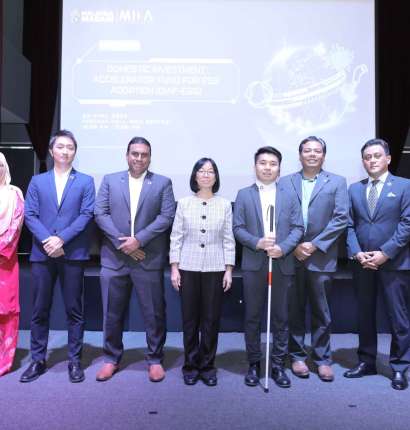As the global community steps up its fight against climate change, countries around the world are increasingly adopting net zero initiatives to curb carbon emissions. The Southeast Asian Nations (ASEAN) are fully engaged in this global movement, recognizing that their efforts are crucial not only for the environment but also for their long-term economic and social stability.
Editor’s Choice
Each ASEAN member country is navigating its unique path toward net-zero carbon emissions, balancing economic growth with the urgent need for sustainability. Now, let’s dive into how each nation in this diverse region is advancing on its journey to achieve net-zero emissions.
The Urgency of Net Zero in ASEAN
ASEAN is home to over 650 million people (As of today, the population of Southeast Asia is estimated to be 695,869,219, according to the latest United Nations data1), with economies ranging from rapidly industrializing nations like Vietnam and Indonesia to highly developed countries like Singapore. The region is particularly vulnerable to the impacts of climate change, including rising sea levels, extreme weather events, and disruptions to agriculture and water resources. To prevent a climate catastrophe, greenhouse gas emissions must be minimized as much as possible. ASEAN countries have made various commitments to achieving Net Zero, aiming to ensure long-term sustainability and prosperity.
Asean’s Net Zero Commitments
The Southeast Asia Green Economy 2024 report indicates that ASEAN saw a 20 percent increase in green investments in 2023, with nine out of its ten member nations setting net-zero targets. Among these, Singapore and Vietnam have made the most significant progress in reducing greenhouse gas emissions over the past year2. However, the Philippines remains the only ASEAN country that has not yet committed to a net-zero target.
The timelines and strategies differ based on each nation’s unique circumstances:
Malaysia
Target: Net Zero emissions by 2050
Malaysia has set a Net Zero target for 2050. Under 12th Malaysia Plan (12MP), which focuses on environmental sustainability and reducing socio-economic disparities (social, economy and environment). It aims to reduce its greenhouse gas (GHG) emissions intensity of GDP by 45% by 2030.

The plan includes ambitious targets and outlines a gradual increase in renewable energy shares, aiming for 31% by 2025, 40% by 2035, and an impressive 70% by 2050.
Singapore
Target: Net Zero emissions by 2050
Singapore has committed to achieving Net Zero emissions by 2050, guided by The Green Plan 2030. The country is also committed to reducing emissions to around 60 MtCO2e by 2030, after an earlier peak, as part of its revised 2030 Nationally Determined Contribution (NDC).

Indonesia
Target: Net Zero emissions no later than 2060
As the largest economy in Southeast Asia, Indonesia aims to achieving Net-Zero Emissions (NZE) by 2060 or sooner. Indonesia has committed to reducing unconditionally 29% of its greenhouse gas emissions against the business-as-usual (BAU) scenario by the year 2030.
Laos
Target: Net Zero emissions by 2050
Laos is aiming to achieve net zero emissions by 2050 and it has committed to unconditionally reduce emissions by 60% from business as usual by 2030.
Brunei
Target: Net Zero emissions by 2050
Brunei Darussalam is moving towards net zero by 2050 through energy transition and forest preservation. Brunei Darussalam has committed to a reduction in greenhouse gas (GHG) emissions by 20% relative to Business-As-Usual levels by 2030.
Myanmar
Target: Net Zero Target for Forestry and Other Land Use (FOLU) sector by 2040
As part of its NDC, Myanmar is committed to an unconditional reduction of 244.52 million tCO2e, with a total reduction target of 414.75 million tCO2e by 2030, contingent on international financial support and technical assistance.
Cambodia
Target: Net Zero emissions by 2050
Cambodia’s updated NDC sets an emissions reduction target of 41.7% from the BAU scenario by 2030, with half of that reduction focused on the forestry and land use sector and the remainder primarily in the energy, agriculture, industry, and waste sectors.
Thailand
Target: Net Zero emissions by 2065
Thailand aims to meet the long-term goal of carbon neutrality by 2050 and net-zero greenhouse gas emission by 2065. The country intends to reduce its greenhouse gas emissions by 30% from the projected BAU level by 2030 with a conditional target raised to 40%, subject to technology, financial and capacity building support.
Vietnam
Target: Net Zero emissions by 2050
The updated NDC has an unconditional emission reduction target of 9% and a conditional target of 27% by 2030 compared to the BAU scenario with a 2014 base year.
Philippines
Target: No-defined Target
The country has committed to a projected emissions reduction and avoidance of 75%, of which 2.71% is unconditional and 72.29% is conditional, representing the country’s ambition for emissions mitigation for the period 2020 to 2030.
Front-runner club analysis

Over the next 5-15 years, Singapore is poised to lead the decarbonization of the power sector. It is the only country projected to achieve a 9% reduction in CO2e emissions by 2030 compared to 2019 levels (see Figure 2). Following Singapore, Malaysia and Thailand are expected to see emissions growth of 11% and 12%, respectively. In contrast, Indonesia, Vietnam, and the Philippines are likely to lag behind due to their heavy reliance on coal-fired generation and dependence on external funding to support decarbonization projects.3
Credit: S&P Global
Read More
Conclusion – Long & Short Term Opportunities
ASEAN’s pursuit of Net Zero is a crucial effort that will shape the region’s future.
Related Posts
In the short term, progress is likely to come from energy efficiency improvements, the adoption of renewable technologies, increased use of biofuels, methane abatement, and transitioning from more polluting fossil fuels to natural gas.
“When anything changes the amount of carbon in one reservoir, the effect ripples through the others.”
https://earthobservatory.nasa.gov/features/CarbonCycle
Looking ahead, ASEAN has significant opportunities in carbon capture, utilization, and storage (CCUS), further expansion of renewable energy, and deeper integration of biofuels. These strategies will be essential to achieving the net-zero goals of ASEAN countries4
Read More
References
- South-Eastern Asia Population. worldometers ↩︎
- Asean’s future as a sustainability leader. Business Times ↩︎
- Analysis of ASEAN Countries Leading the Decarbonization Pathway. S&P ↩︎
- Energy Asia ↩︎
Remark: The information provided on this website is based on the latest available data and research. However, if you identify any inaccuracies or discrepancies, please inform us so that we can make the necessary corrections. Thank you.
Last updated: 25 Aug 2024
The views expressed are those of the author(s) or contributor(s) and do not necessarily reflect the views of sdgmalaysia.com.
